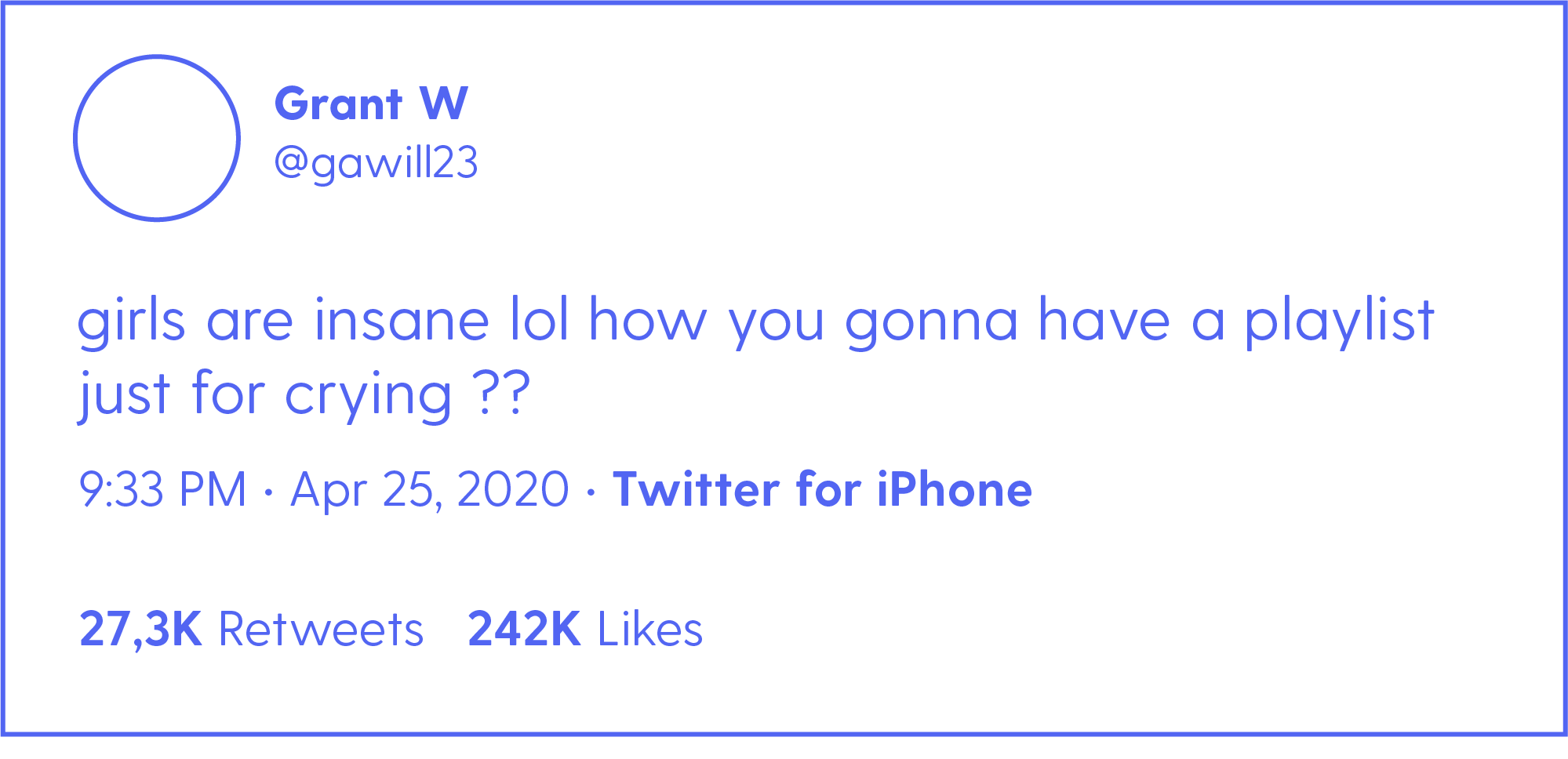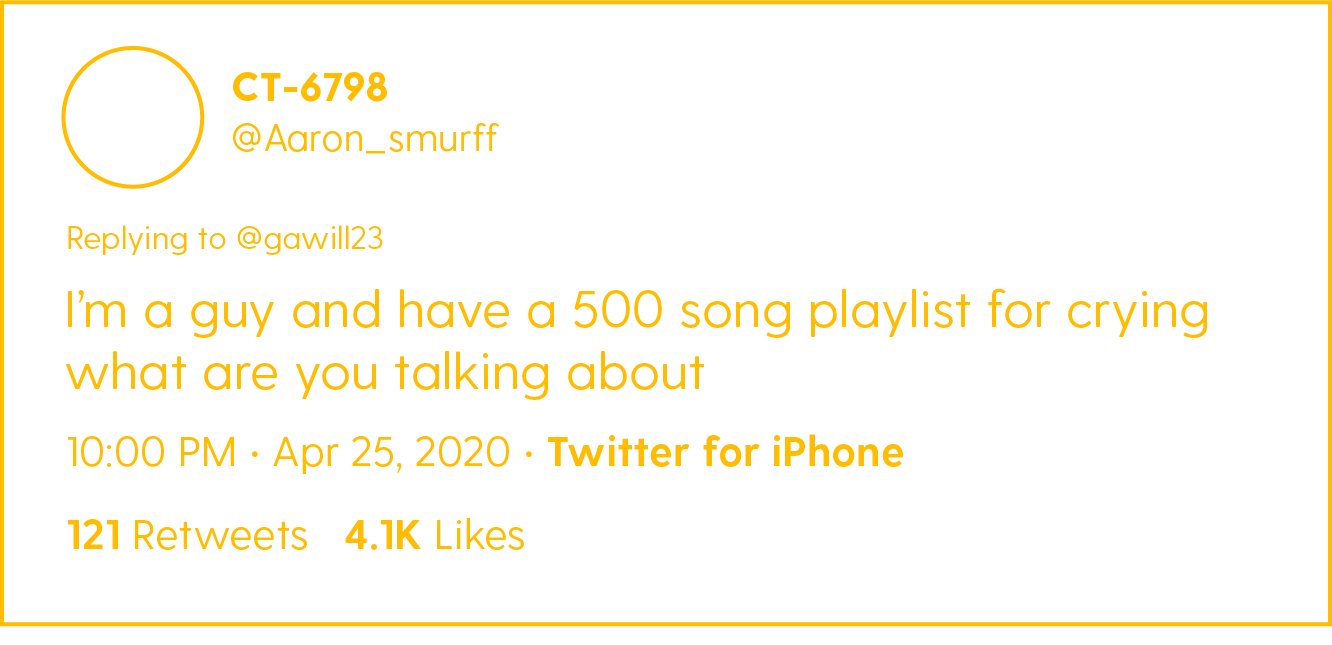As far as wild Nonfiction studies go, this one took us new places.
Like every Nonfiction study, our methodology was unusual: it involved combing through tens of thousands of Spotify playlists. In doing so, we saw something no one expected: people using playlists to help themselves feel deep and dark emotions like sadness, anger, and regret. Our study later found that 60% of Americans have purposely done something to feel dark emotions.
These findings directly challenge a core assumption held by many professional entities who purport to want to connect with Americans emotionally — like businesses and nonprofits: that deep and dark emotions will drive people away. This creates the inevitable question, what will business do if Americans' desire for Emotional Realism takes over?
You can find a short summary of our findings at the end. But, scroll down to experience the secrets that we found firsthand.
“When I go to work, alone at night, I create a playlist that nobody knows about.”
A SURVEY RESPONDENT TO US
AUTHORS
Lindsey Wehking
Gunny Scarfo
Ben Zeidler
MANY THANKS TO Chloé Desaulles, Alex Zielonko, Danny Rivera, Zach Rayman, Jason Cohen, Henry Sauter, Timothy Blaine, Cyrus Aaron, Dezmond-Dane, Akpanoluo U Etteh II, Eno Etteh, Lauren Bale, Alex Kenny, Lesley Backus and the thousands of Americans who opened their playlists to us.

AMERICANS ARE EMOTION HUNTING WITH MUSIC PLAYLISTS.
Everyone knows we use music playlists to put ourselves into good moods. In the playlist data, we saw people hunting a buffet of feel-good emotions: from "cooking pancakes in your underwear" to “feeling them biceps.”
Below are actual titles of these playlists.
What is surprising is the dizzying array of emotions that people hunt through playlists but rarely talk about in public. Below are actual titles of those playlists.
They are feelings that drag people deep into their emotional underworld.

REAL PLAYLISTS ON SPOTIFY
OF AMERICANS CONFESS THEY HAVE LISTENED TO MUSIC TO PURPOSELY FEEL DARK EMOTIONS
“Our family dog was about to be put down so I created a playlist of the saddest songs I could think of to play on repeat while I laid on the floor with him and sobbed.”
INTERVIEWEE, TO US
THIS PLAYLIST MIGHT DESTROY YOU. ARE YOU SOMEWHERE YOU CAN SOB?
“When I was in the throes of alcoholism I was very depressed and sad. I just wanted to push that feeling to the limit so I listened to 'Hurt' by Johnny Cash.”
A SURVEY RESPONDENT, TO US
“I made a playlist for masturbating and crying.”
A SURVEY RESPONDENT, TO US
“Obsession is a feeling that’s beautiful and frightening at the same time. I listen to The Cure when I want to feel that.”
A SURVEY RESPONDENT, TO US
OF AMERICANS HAVE LISTENED TO MUSIC TO FEEL SPECIFIC EMOTIONS AFTER A BREAKUP WITH A PARTNER OR LOVER
.
.
.
“I made a playlist specifically to remind me what it felt like to be cheated on. ”
INTERVIEWEE, TO US
.
.
.
OF AMERICANS CONFESSED THEY HAVE LISTENED TO MUSIC JUST TO FEEL SOMETHING, ANYTHING AT ALL
.
.
.
“Sometimes, in the middle of the night I would get in my car drive down the road turn on a playlist and just scream.
These are the moments I feel most connected to myself.”
INTERVIEWEE, TO US
.
.
.
OF AMERICANS ADMIT THEY HAVE LISTENED TO MUSIC TO FEEL EMOTIONS THEY NORMALLY DON'T HAVE ACCESS TO
.
.
.
“After my cousin killed himself I felt no sadness. I played music that he really loved to feel how he must have felt when he killed himself.”
A SURVEY RESPONDENT, TO US
.
.
.
OF AMERICANS HAVE BEEN CRYING WHILE LISTENING TO A PLAYLIST
REAL TWEETS POSTED ON APRIL 25, 2020
“Sad music when I’m sad is a really special experience.
There’s a lot of music I’ve curated to hold me— I’m seeking a way to make myself comfortable inside of these dark emotions.”
INTERVIEWEE, TO US
OF AMERICANS HAVE MADE A PLAYLIST TO EXPRESS ANGER AT SOMEONE
.
.
.
“I played a playlist to put me in a confrontational mood against a neighbor.”
A SURVEY RESPONDENT, TO US
APOLOGIZE TO YOUR NEIGHBORS FOR US.
11%
OF AMERICANS ADMITTED THEY'VE LISTENED TO MUSIC TO PURPOSELY FEEL REGRET FOR SOMETHING TERRIBLE THEY DID.
“I used a playlist to set the mood for being in the car and feeling like a bad mom.”
A SURVEY RESPONDENT, TO US
11%
OF AMERICANS CONFESSED TO LISTENING TO MUSIC TO EXPLORE THEIR DARK SIDE.
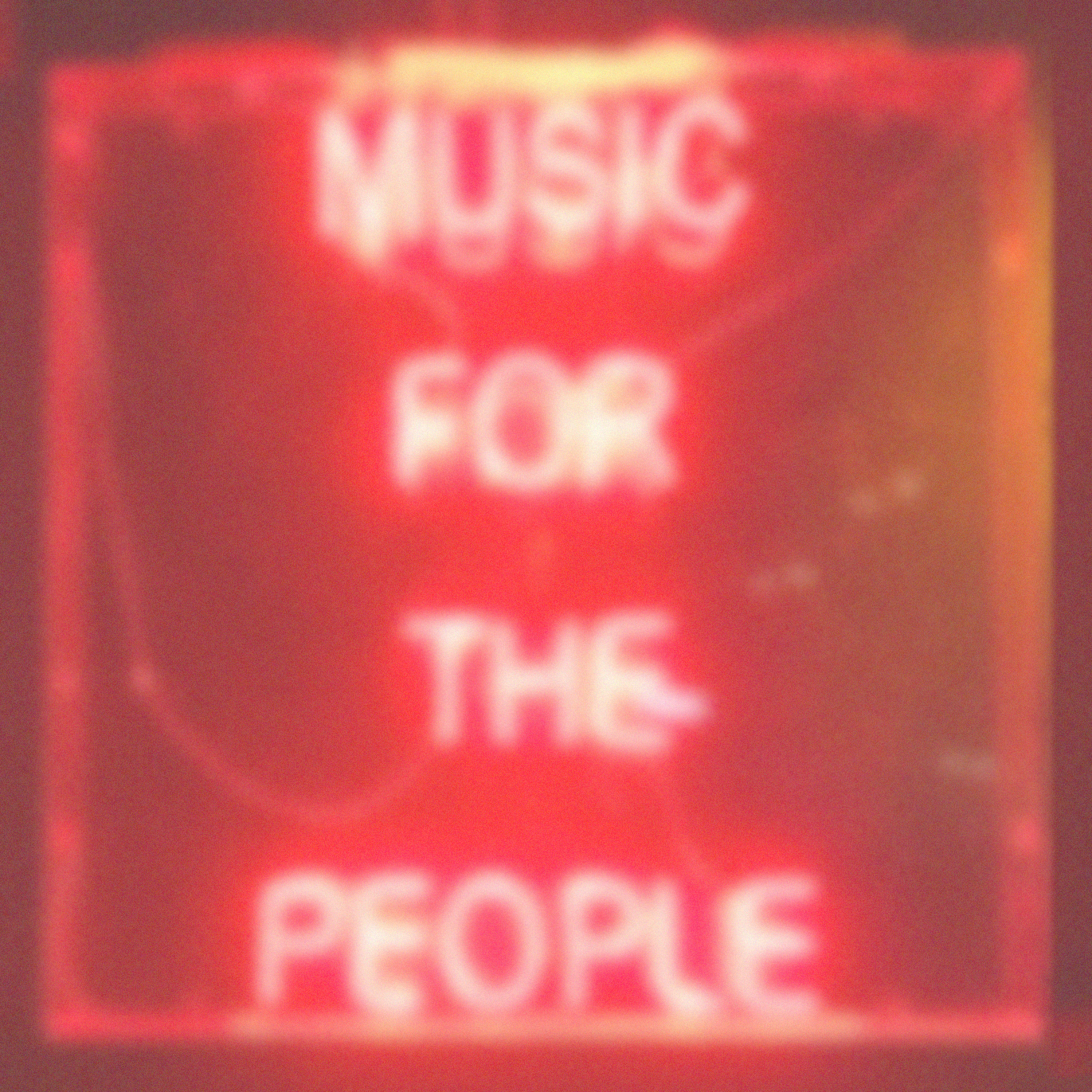
“My roommate wanted me to go to a sex club. The idea made me very anxious. I didn’t want to go.
But, I decided to make a playlist for the idea. The songs made me feel so dangerous and sexy, by the time I was done I knew I was going.”
INTERVIEWEE, TO US
BE FOREWARNED, YOU MAY FEEL OVERWHELMINGLY DANGEROUS AND SEXY.
10%
OF AMERICANS ADMITTED THEY'VE LISTENED TO MUSIC TO PURPOSELY FEEL LIKE LIFE HAS NO MEANING.
6%
OF AMERICANS EVEN TOLD US THEY'VE LISTENED TO MUSIC TO PURPOSELY FEEL EVIL.
“Some people want to get inside of something and discover more richness.”
BILL EVANS, JAZZ MUSICIAN (NOT TO US)
We asked Americans what else they’ve done - other than listen to music - in order to feel dark emotions.
60%
OF AMERICANS CONFESSED THEY HAVE USED SOMETHING OTHER THAN MUSIC TO PURPOSELY FEEL DARK EMOTIONS
“My friend goes out of her way to destroy herself. She watches Marley and Me.”
A SURVEY RESPONDENT, TO US
“I look up different types of burial services.”
A SURVEY RESPONDENT, TO US
“I look at the Facebook of the girl my partner cheated on me with.”
A SURVEY RESPONDENT, TO US
“I hit my wrist bone with a crochet hook. I don’t know why.”
A SURVEY RESPONDENT, TO US
“I’ve bought pumpkins and cantaloupe just to utterly destroy them with a warhammer I bought at a Renaissance fair.”
A SURVEY RESPONDENT, TO US
Playlists tell the story of Americans hunting a larger, messier range of emotions than most of us ever talk about.
This is the reality of people’s emotional lives.
Anyone who wants to connect with people emotionally must be willing to embrace this.
1.0 CONCLUSION. While it’s no surprise that Americans use playlists to put themselves into moods, the staggering range of moods they’re seeking to feel is larger and darker than we ever expected.
In fact, we’ve seen here that the chase for what we’ll call “deep and dark emotions” goes beyond music into other private behaviors — seeking to feel difficult, elegiac, painful, sad, or complicated emotions through everything from social media browsing to self-inflicted punishment.
In the next section, we explore the unavoidable next question: if, in private, Americans are craving deep and dark emotions, is it weird that in public life we mostly pretend these emotions don’t exist?
What if advertisers, HR departments, government agencies — everyone — operated with the same level of emotional realism that Americans privately crave from their music playlists?

Will these deep and dark emotions remain relegated to music playlists, private musings and diary entries?
Or might the fact that Americans are privately jonesing to feel deep and dark emotions make us question the overwhelming absence of these emotions in American professional life — including places where they might make sense?
Is American professional culture due for a dose of emotional realism?
EMOTIONAL REALISM:
An embrace of the true, full range of human emotion — including deep and dark private emotions that rarely see the light of day.
Emotional Realism.
Heralded by the American Film Institute, the TV show This is Us is so comfortable with deep and dark emotions that it’s been nicknamed "This is Sad."
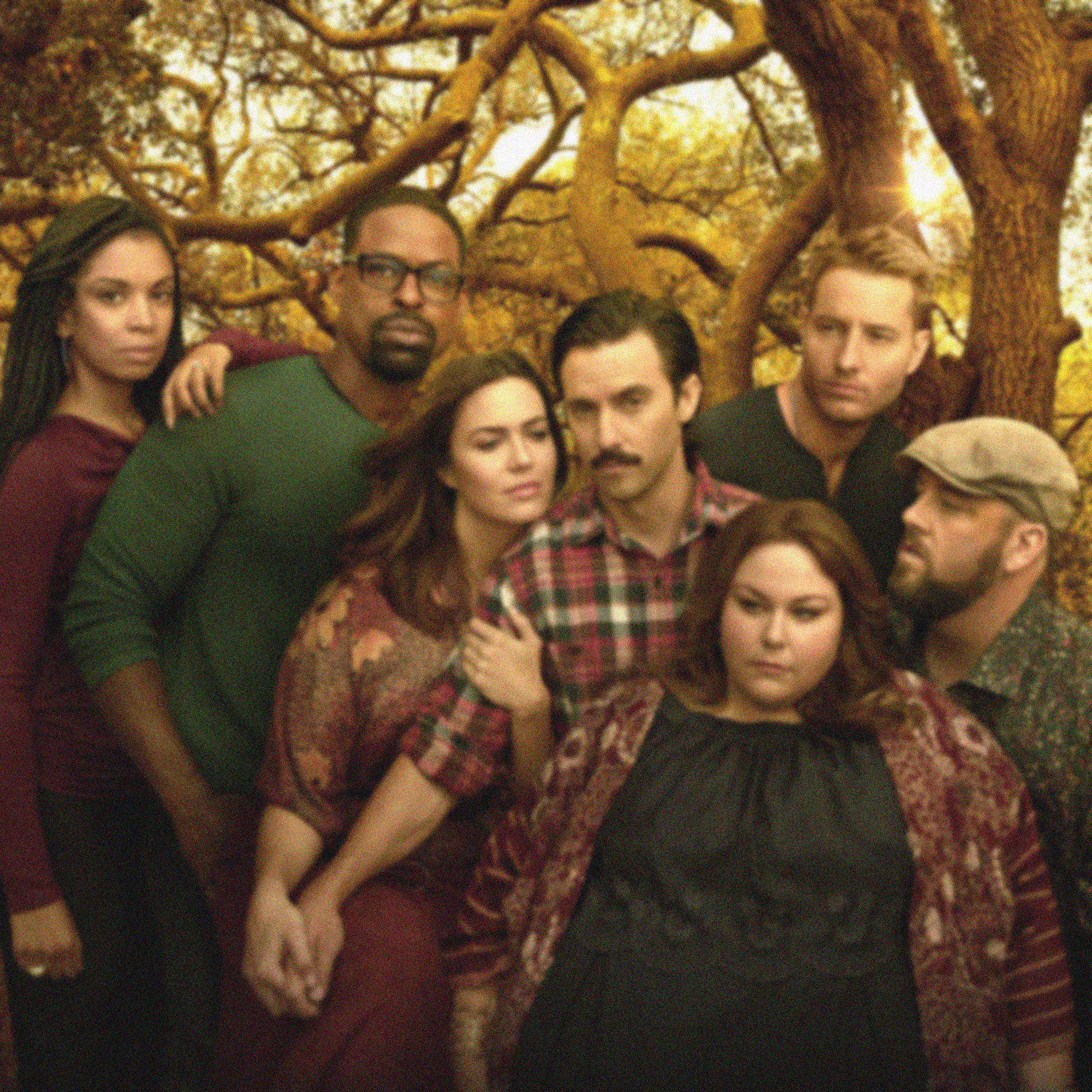
.
.
.
.
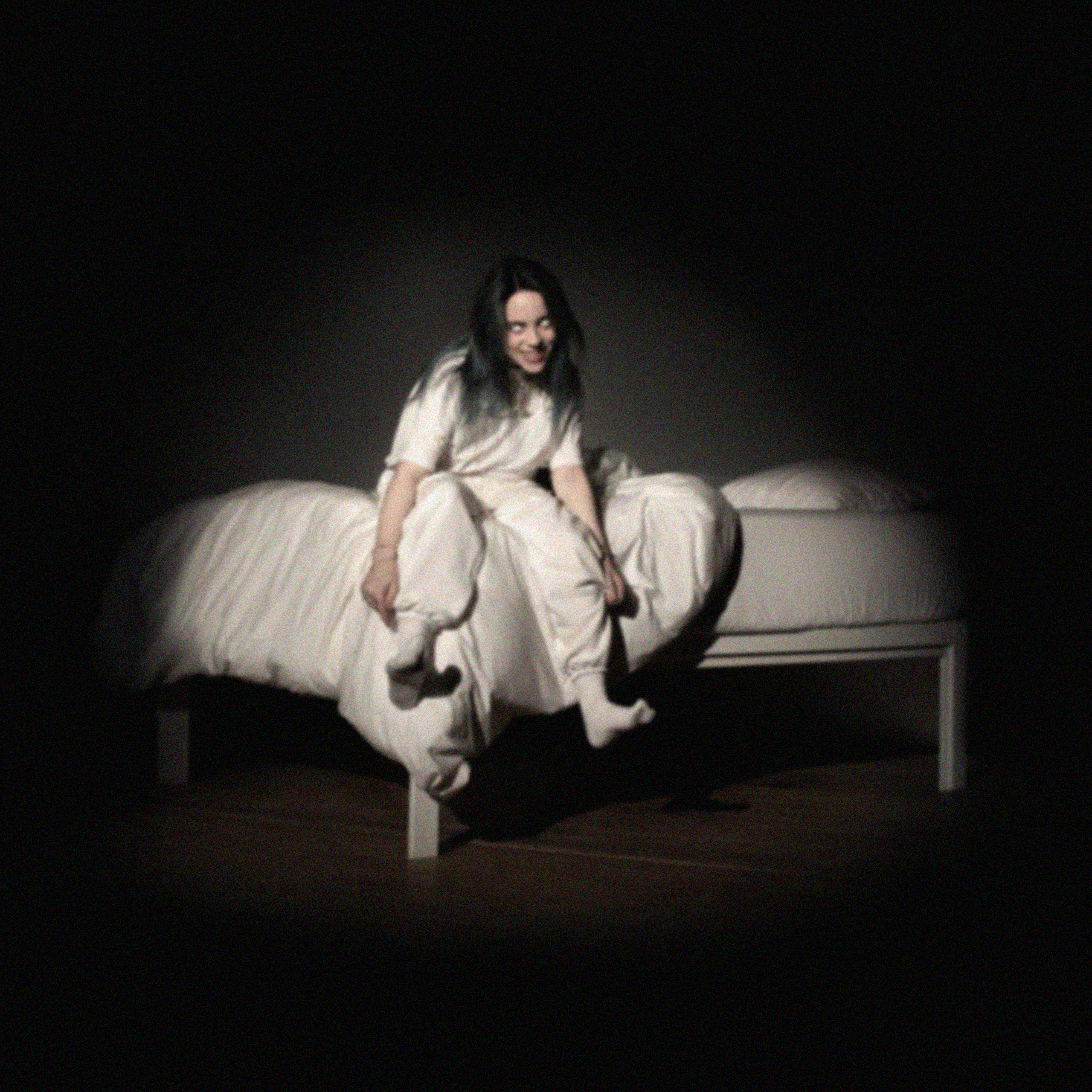
Emotional Realism.
With songs like “bury a friend” and “all the good girls go to hell,” Billie Eilish has won five Grammy Awards and two American Music Awards.
.
.
.
.
Emotional Realism.
TikTok star Dixie D’Amelio’s debut song “Be Happy” — with lyrics like “Sometimes I don’t want to be happy / Don’t hold it against me” and “I just want to be lonely” — hit the Billboard in July 2020 with 3.1 million streams.
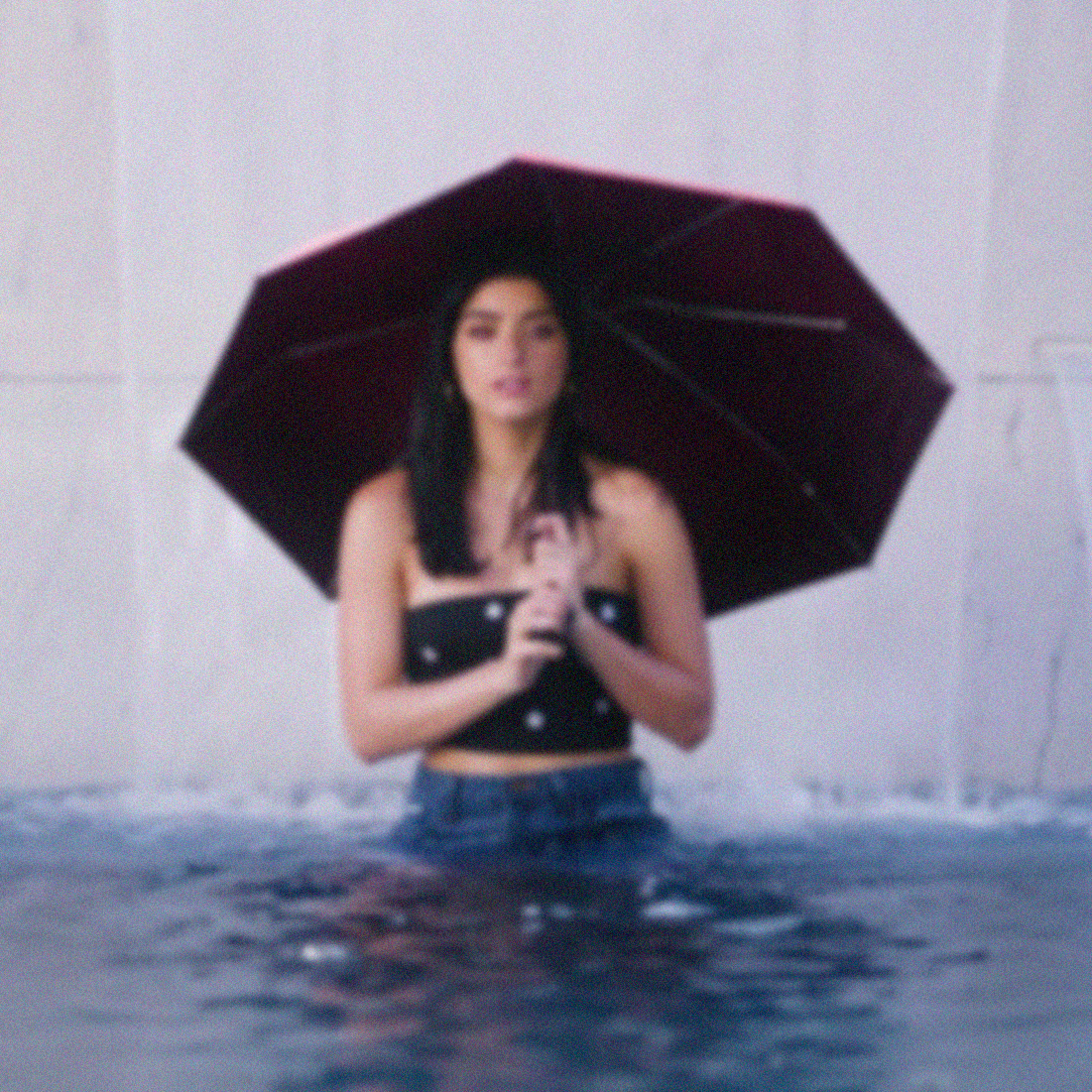
While Americans crave emotional realism in their private lives, these emotions are rarely acknowledged in the professional sphere.
As much as musicians, comedians, and social media influencers have shown the power of emotional realism to connect with their audience, the professionals at banks, governments, advertisers, and HR departments avoid the type of emotions described in Part One like the plague. In this other sphere of American life, the prevailing assumption has been that embracing the deep and dark emotions of their audience will just make people uncomfortable and drive them away.
This aversion to dark emotions persists despite the incentive and desire of professional organizations to make emotional connections with their audience.
“Brands are dying to be loved, but scared shitless to actually do something that shows they understand humans. The minute the strategy or creative work starts to reveal how complicated or painful or messy it is to be alive, it’s labeled as “too negative” or “too dark.”
VETERAN AD AGENCY STRATEGIST, TO US
.
.
.
.
.
“I have fired over 1,000 people. That is what I’m known best for. Designing programs and counseling people on how to let people go. But firing people is the time you have to read the script.
You feel horrible afterwards. There was this woman we had to let go - she was suicidal - but we didn’t know. She was melting in the meeting and I didn’t know why.”
HR VETERAN, TO US
.
.
.
.
.
“We’re stuck living in this faux-inspirational, Polyanna world where we’re “all in this together.”
I don’t know what it will take to give ourselves permission to get out of this shallow space, but I hope we all soon stop feeding the false narrative that we can simply ignore the real pain.”
VETERAN AD ADGENCY STRATEGIST, TO US
.
.
.
.
.
.
.
WHAT MIGHT IT LOOK LIKE IF COMPANIES SPOKE TO CUSTOMERS WITH EMOTIONAL REALISM ?
THE FOLLOWING CONCEPTS ARE ALL CREATED BY NONFICTION
ADVERTISEMENT

“After Noah and I broke up, I was devastated. I couldn’t picture a world where we weren’t together…”

“I couldn’t eat. I couldn’t sleep. There were nights I laid in the bathtub for hours on end, fully clothed, sobbing.”

“I didn’t realize just how out of control I had gotten, until I woke up early one morning on my own lawn, crying myself to sleep the night before.”

“I needed a fresh start. I needed to be anywhere but where I was. With nothing left to lose, I booked a trip to South America.”

“Getting away changed everything. It reminded me who I was. It taught me that I could be something more than I was with Noah. It wasn’t until I traveled away from everything that I felt like I really belonged again.”
Belong Anywhere.
EMPLOYEE COMMUNICATIONS
WHAT A TRADITIONAL CORPORATE HANDBOOK SOUNDS LIKE
“Attendance is a key factor in your job performance. Punctuality and regular attendance are expected of all employees. Excessive absences (whether excused or unexcused), tardiness or leaving early is unacceptable. If you are absent for any reason or plan to arrive late or leave early, you must notify your supervisor and the office manager as far in advance as possible and no later than one hour before the start of your scheduled work day.”
HANDBOOK SAMPLE FROM 501Commons.org
A HANDBOOK WITH EMOTIONAL REALISM
“Work With Blood. When we say work with blood, we mean work with heart and emotion. We want you to bring the things that enrage you, excite you, crush you, make you laugh, scream and cry into our work. Great work always starts there — with blood. We will continue to challenge you to work from that place and we hope you do the same for us. Otherwise, why the fuck are we doing this?”
CONCEPT FOR AN EMPLOYEE HANDBOOK
PRODUCT
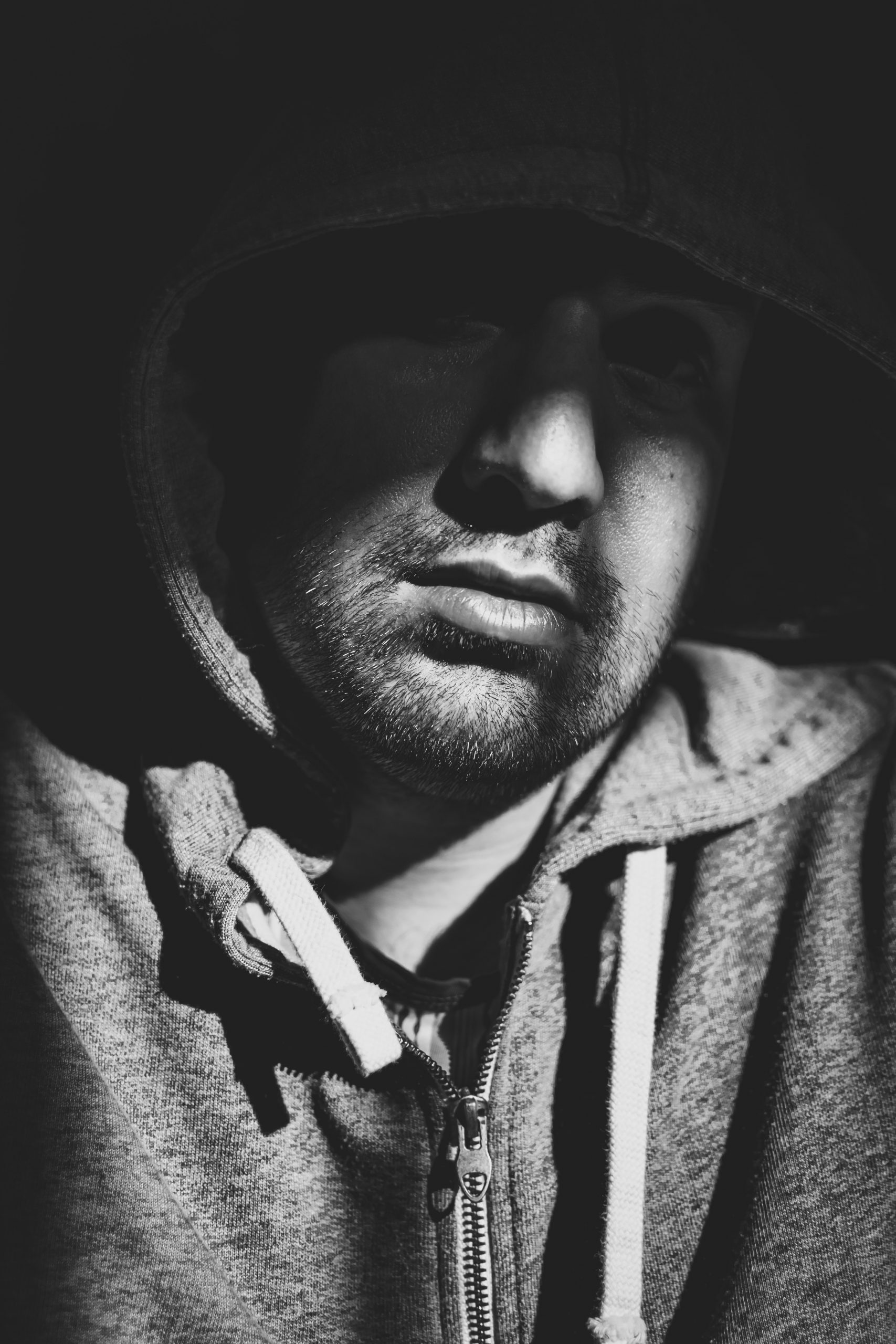
SAD HOODIE®
On days when you need it, and nobody else is there to put their arms around you, this soft, durable hoodie has your back.
○ Made with a 100% cotton exterior for a touch so soft you’ll melt
○ 8.5 oz / classic fit
○ Kangaroo pocket for when the weight of your hands feels too much to carry
○ Very absorbent 65% cotton, 35% polyester interior
○ 3-panel hood to cradle your head more intimately
○ Finished with flat drawstrings to cocoon yourself from the world
“This hoodie is soft af and has been with me through some ugly times. There are literally friends I’d give up before this hoodie.”
☆☆☆☆☆ KELSEY, 5-STAR AMAZON REVIEW
To claim certainty over the future is always a reckless and absurd exercise. We don’t know and can’t guarantee an era of emotional realism is being born. Cultural shifts like this are difficult to perceive, much less quantify while they happen. We could be wrong.
That said, we find it hard to believe, in a world where people are so moved by the emotional realism of deep and dark emotions in their playlists and Netflix shows, that they won’t soon come to expect the same from companies, advertisers, government agencies, HR departments, and other so-called “professional culture” organizations.
HOW AN ERA OF EMOTIONAL REALISM IN THE PROFESSIONAL SPHERE MIGHT BEGIN
The first sign that an era of emotional realism is dawning would be a sense that professional culture is lacking emotion, empathy, and the sounds & colors of real life. People might begin to feel companies and organizations are happywashing reality in their communications. Ad agency folks might begin to wonder: what if the entire history of how we have talked to people has only used 15% of the emotional range possible?
Eventually, inspiring counterexamples would become viral sensations: emotionally realistic corporate handbooks, commercials, or other "professional" media that light the way.
At some point, a backlash is certain: critics might decry emotional realism, accuse it of being needlessly or gratuitously dark. Medium articles would be written titled, "Do I Really Need My Peanut Butter Commercials to Make Me Cry?" There would be accusations of emotional realism being used for manipulative purposes.
Soon, one would hope, it would become clear what emotional realism is not: being dark for the sake of dark, being emotionally manipulative, fabricating intense emotions without the right intentions, or using "emotional realism" as an excuse for toxic behavior.
Over time, the professional sphere might be held to a higher standard. People would increasingly feel that emotional realism was a prerequisite for companies "being authentic" or "acting more human" or "having empathy." Public life would mirror the emotional range of music playlists.
Whether we have just described an unfolding that rings true to the current culture, we’ll leave it to the reader to decide.
Either way, in the next section we discuss what companies might do today to prepare for the possibility of a coming era of emotional realism.

If the desire for emotional realism — for deep and dark emotions — migrates from the world of playlists and musicians and comedians into the professional sphere, today’s companies are likely going to experience something of a culture shock.
In this section, we discuss what companies might do today to prepare for a coming era of emotional realism.
CONFRONT THE FEAR OF EMOTIONAL REALISM.
Organizations tend to be afraid of messy emotions. But, as playlist behavior shows, those deep and dark emotions can lead to the strongest connections.
In an era of emotional realism, if your understanding of your audience doesn’t feel a little too personal for the workplace, you probably haven’t gone far enough.
Have the courage to drag what is happening in the dark out into the light.
FIND NEW AND UNCENSORED WAYS TO FEEL WHAT YOUR AUDIENCE FEELS.
An era of emotional realism will ask us to understand our audience in deeper, more uncensored ways. Because most of the tools we use today to understand others are based on capturing their public performance, we will need new ways to feel what they feel in their own, private realities. This can’t be sketchy; it must be motivated by a real desire to improve their experience with your organization.
Feel what they feel in their most uncensored and personal moments.
EXPERIMENT BEHIND CLOSED DOORS TO GET IT RIGHT.
Emotions are testy things. There can be a huge gap between how they hit people in theory vs. actuality. Don’t go live with your first tries. Once you have an understanding of the real emotional experience of your audience, create a series of behind-closed-door experiments on how to bring a deeper, more realistic range of emotions to life in your company, organization, product, service, brand, or advertising.

4.0 CONCLUSION. Through this uncensored look at music playlists, we have seen the deepest parts of humanity: the hope, the sadness, the swagger, the tenderness, the raw desire and the defiance.
What if the way Americans hunt these emotional experiences through music playlists in private holds the key to the next era of how we all interact in public?
What if everything organizations need to know about how to connect with people, genuinely and without artifice, is right in front of us in a form as simple as the music playlists we’re all listening to?
We hope this report incites courage in those who see an era of emotional realism coming.
People couldn’t be any clearer with what they want.
Are we going to listen?
A SUMMARY OF WHAT YOU'VE READ
We started with a simple question: if you could see a person’s music playlists, would it deepen your understanding of them? What if you could see the playlists of a whole nation?
The act of looking into someone’s playlists is deeply intimate, like reading a page from their diary. As poet Cyrus Aaron told us during this research: “Music is the language for our most personal and private experiences. It might be the only thing that cuts that deep.” Which makes playlists a record of these cuts. Clues to our hidden emotional lives.
So we created software to crawl and capture tens of thousands of public Spotify playlists. We pored over this data, studying playlist titles, descriptions, imagery, and songs. We interviewed music critics, poets, musicians, music therapists, and playlist hobbyists. Finally, we tested our findings with a nationally representative quantitative study.
We thought we’d find a few juicy pages of music diaries. Instead, we stumbled upon just how often Americans are using playlists to hunt out and experience not just good vibes, but also deep and dark emotions. Our quant study later confirmed that 44% of Americans have listened to music purposely to “feel dark emotions”. 60% have done something other than listening to music to purposely feel dark emotions.
This appetite for deep and dark emotions, also seen in the popularity of media like This is Us and Billie Eilish, directly challenges a core assumption held by far too many companies and nonprofits: namely, that they should avoid acknowledging dark emotions because it’ll drive people away. For instance, while you can find a playlist called “it's wednesday & i’m in a dress on my patio crying,” you don’t really see TV commercials include people sitting on their patio crying.
We can’t know the future, but we find it hard to believe, in a world where people are so moved by the emotional realism of deep and dark emotions in their playlists and Netflix, that they won’t soon come to expect it from companies, advertisers, government agencies, HR departments, and other so-called “professional culture” organizations.
Being expected to communicate with the emotional realism of music playlists would come as a shock to most professional entities. In Part II of this report, we explore what emotional realism might look like in the professional sphere.
In Part III, we offer three recommendations on how public organizations might prepare for an era in which the way they talk to people would be held to the same standards of emotional realism sought out in music playlists with titles like “the ever looming fear of my own failure.”
Inside the private world of America’s playlists, we see the deepest parts of humanity: the hope, the sadness, the swagger, the tenderness, the raw desire and the defiance. We hope this report is a harbinger and a blueprint for organizations who realize that they, too, like musicians and comedians and TV shows, may soon be asked to feel those deepest parts of their audience.
METHODOLOGY
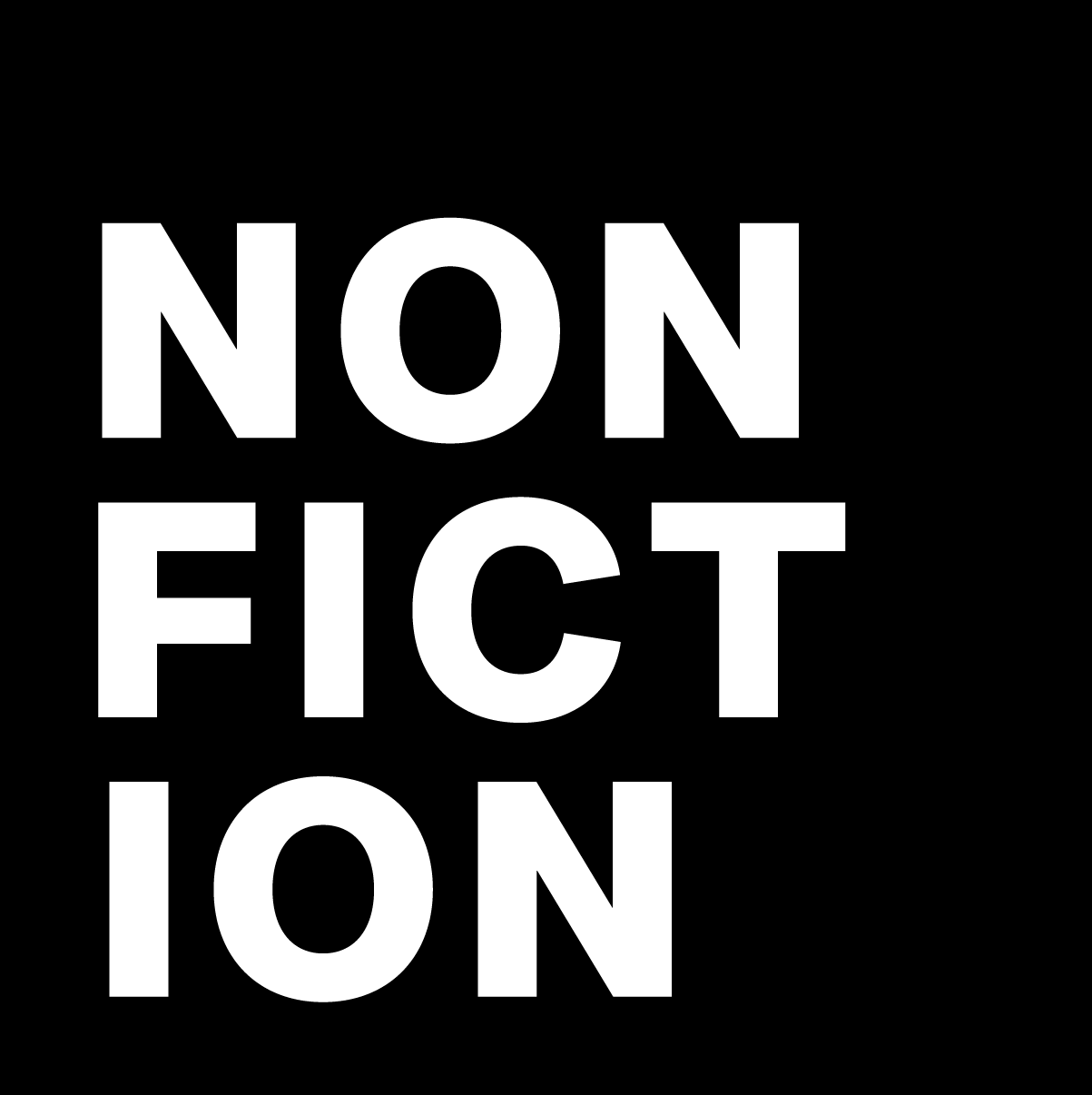
SPOTIFY ANALYSIS. To study people’s playlists we built a program to crawl tens of thousands of Spotify Playlists. Since Spotify’s API doesn’t allow blanket pulls, we created lists of over 100 common language words equally weighting positive, neutral, and negative terms. We cleaned data for playlists created by Spotify or any entity that wasn’t an individual user.
QUANTITATIVE SURVEY. Nonfiction Research’s quantitative sample was collected over a one-week period, totaling 1,071 completed responses, using a 95% confidence level and a 3% margin of error based on the population of the US.
Our approach also utilizes a technique called "known sampling" in which the identity of respondents is verified for accuracy. This survey was conducted using SurveyMonkey.
IMAGE CREDITS [UNSPLASH] : Levi Stute, Annie Pratt, Priscilla Du Preez, Naomi August, Mike Von, Victoria Heath, Holly Mandarich.
© NONFICTION RESEARCH, 2020.
